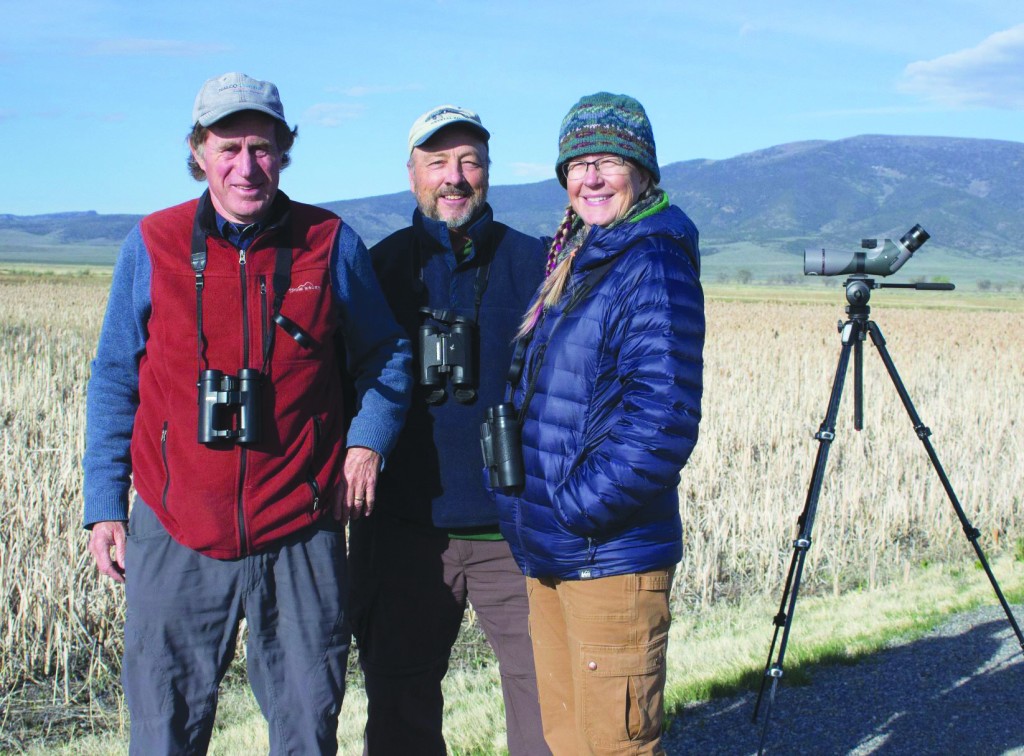Valley spring bird count finds unusual species

A spring bird count held on May 8 found some unusual bird species in the San Luis Valley. The count was held to celebrate International Migratory Bird Day to bring awareness to the importance of songbirds across North America. In fact, North America has more than a billion fewer birds than it did 40 years ago, with the Snowy Owl and the Chimney Swift just two of the better-known species in dramatic decline across the continent, a recent survey has found. Partners In Flight, a conservation alliance of bird conservation agencies, concludes that urbanization, loss of habitat, and possibly even climate change have driven the decline in North American landbird populations.
A local team of field ornithologists consisting of Alex Ware, Lisa Clements, and count organizer John Rawinski surveyed some of the Valley’s birding habitats to count the numbers and varieties of bird species. Rawinski, local author, who has been keeping bird records in the San Luis Valley for more than 37 years, said “We came up with 4,210 total birds and 111 species in the areas we surveyed, which is comparable to previous counts. The most unusual species were snowy and semi-palmated plovers, burrowing owl, peregrine falcon, red-necked phalaropes, and lark bunting.” The 111 species was short of the all-time spring record of 157 species in one day which requires completely favorable conditions.
Bird conservation in North America took a gigantic leap in 1918 when the Migratory Bird Treaty Act was passed 101 years ago. This law enacted protections on non-game bird species for their sustainability over the long term. To honor 101 years, the team attempted to find at least 101 bird species during the course of the day. At the end of the day, the group counted 111 species which met the objective.
The count was accomplished with cooperation from the San Luis Valley National Wildlife Refuges Complex and the San Luis Valley Public Lands Center (BLM). Rawinski said “The weather definitely had an effect on bird activity today. The cool temperatures, showers and cloudy conditions kept birds hidden in cover and made the search that much harder. Though we tried to get to the mountains early, it was snowing up Rock Creek by the time we got there.” He went on to say that migrating birds use up tremendous energy reserves and rely heavily on having favorable habitats along their journey where they can find food, water and shelter. When conditions become adverse, the birds stay tight in cover.



